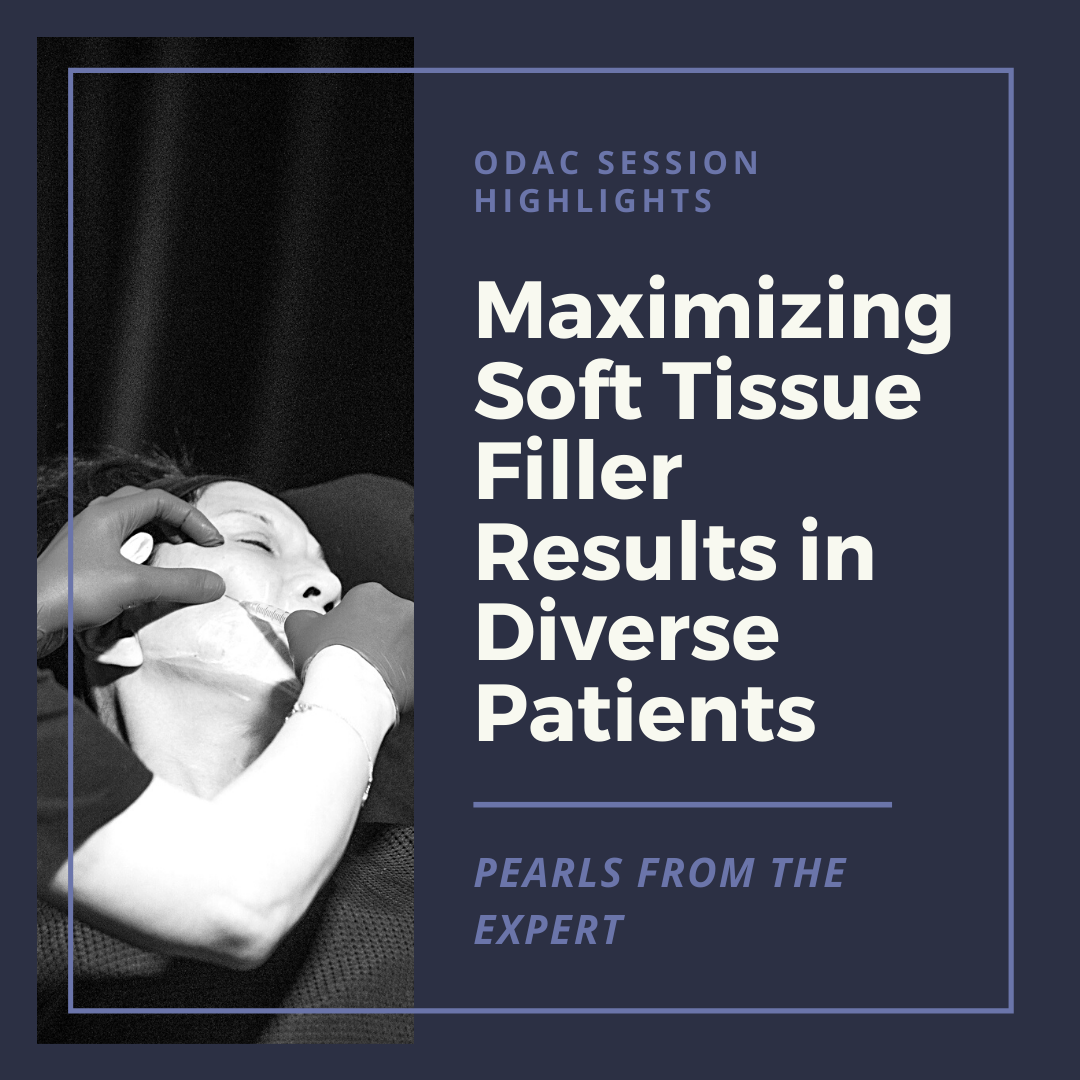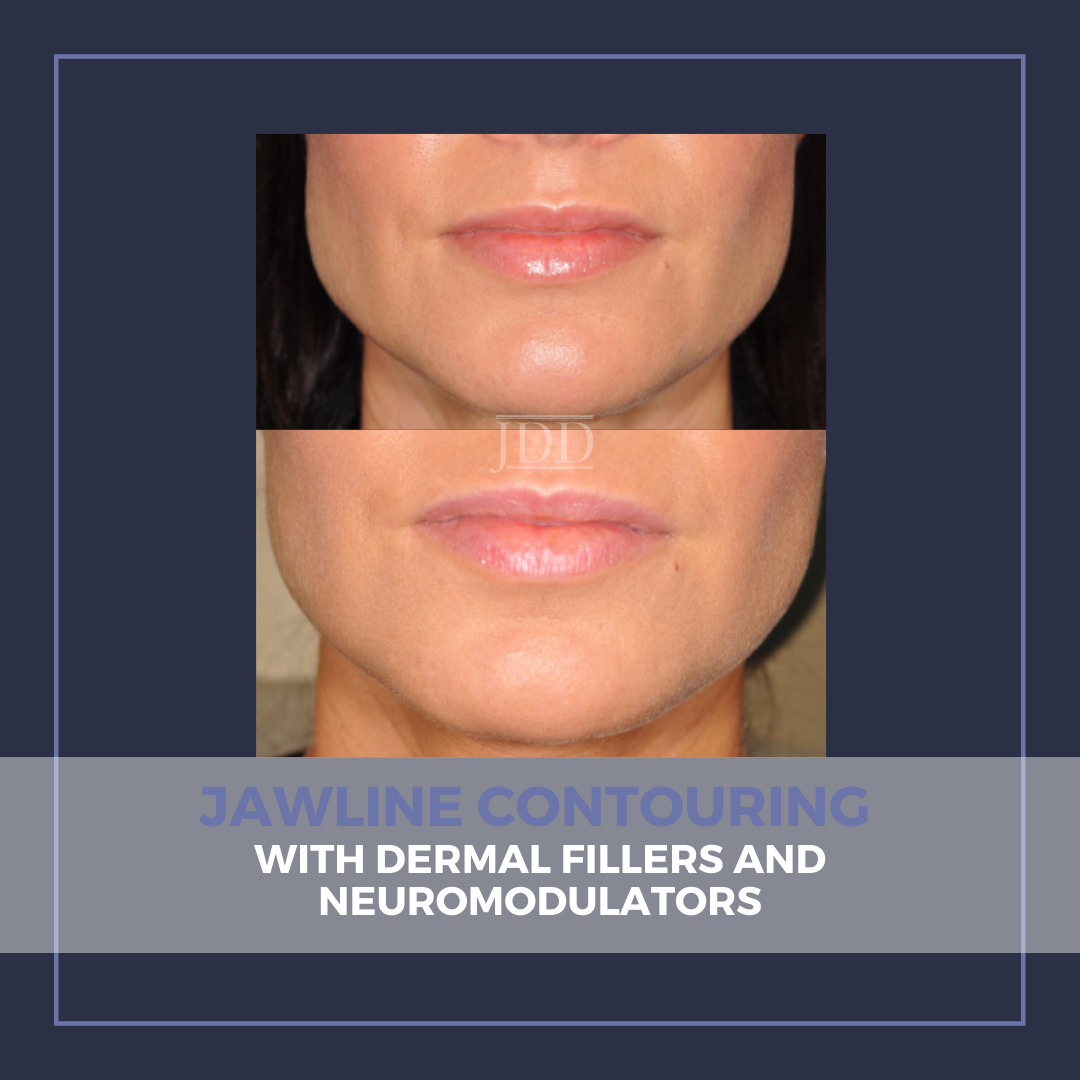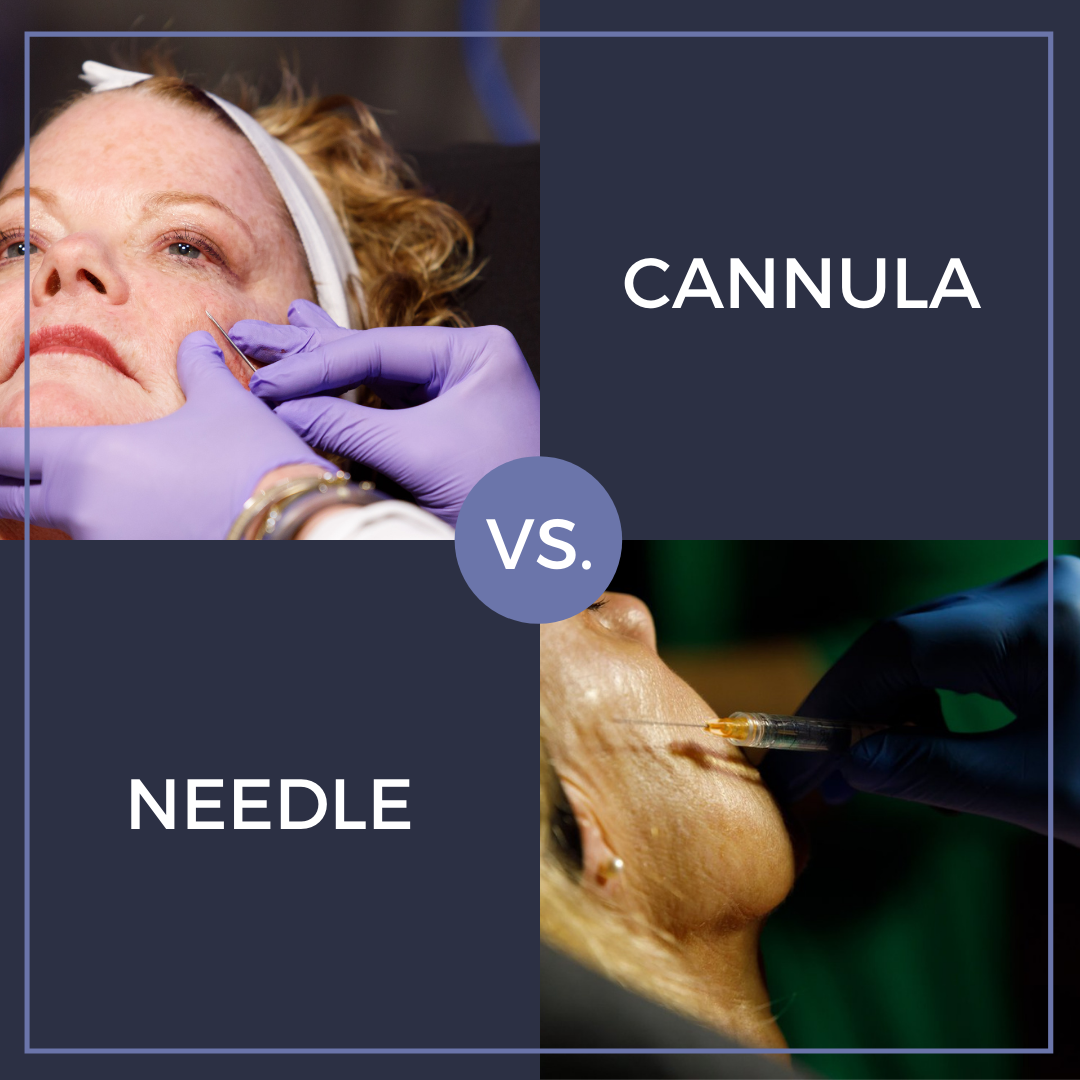Maximizing Soft Tissue Filler Results in Diverse Patients
 How does darker skin react to soft tissue fillers? How do ideals of beauty differ across various cultures? Can fillers that stimulate collagen, elastin production or skin tightening be more effective in skin of color? How does cultural competency allow us to provide customized, tailor-made care in order to maximize filler results in diverse patient populations?
At the 2021 ODAC Dermatology, …
How does darker skin react to soft tissue fillers? How do ideals of beauty differ across various cultures? Can fillers that stimulate collagen, elastin production or skin tightening be more effective in skin of color? How does cultural competency allow us to provide customized, tailor-made care in order to maximize filler results in diverse patient populations?
At the 2021 ODAC Dermatology, …
 How does darker skin react to soft tissue fillers? How do ideals of beauty differ across various cultures? Can fillers that stimulate collagen, elastin production or skin tightening be more effective in skin of color? How does cultural competency allow us to provide customized, tailor-made care in order to maximize filler results in diverse patient populations?
At the 2021 ODAC Dermatology, …
How does darker skin react to soft tissue fillers? How do ideals of beauty differ across various cultures? Can fillers that stimulate collagen, elastin production or skin tightening be more effective in skin of color? How does cultural competency allow us to provide customized, tailor-made care in order to maximize filler results in diverse patient populations?
At the 2021 ODAC Dermatology, … Continue reading "Maximizing Soft Tissue Filler Results in Diverse Patients"


 Several media outlets have covered the case of a popular blogger who recently experienced eyelid ptosis from botulinum toxin injections. How can dermatologists avoid adverse effects when injecting botulinum toxin?
For an expert opinion I contacted Dallas dermatologist Elizabeth Bahar Houshmand, MD, FAAD.
What does the scientific literature say about the frequency of eyelid ptosis as an adv …
Several media outlets have covered the case of a popular blogger who recently experienced eyelid ptosis from botulinum toxin injections. How can dermatologists avoid adverse effects when injecting botulinum toxin?
For an expert opinion I contacted Dallas dermatologist Elizabeth Bahar Houshmand, MD, FAAD.
What does the scientific literature say about the frequency of eyelid ptosis as an adv …  When we discuss contouring, the aesthetic goal is to define the shape of the desired area; this includes creating lights and shadows. With injectables, we can change the shape of the lower face to restore a youthful, attractive facial contour.
Injectables can be used to add or subtract volume. When we add volume, we create a light reflex. When we remove volume, we create a shadow.
Age-relate …
When we discuss contouring, the aesthetic goal is to define the shape of the desired area; this includes creating lights and shadows. With injectables, we can change the shape of the lower face to restore a youthful, attractive facial contour.
Injectables can be used to add or subtract volume. When we add volume, we create a light reflex. When we remove volume, we create a shadow.
Age-relate …  Over the last ten years, the use of cosmetic fillers has become increasingly popular. Historically, delivery of cosmetic tissue fillers has been through a sharp hypodermic needle. However, new blunt-tipped needles, called microcannulas, are gaining popularity with aesthetic injectors. The decision to use needle vs. cannula is the choice of the injector, but the advantages of using a blunt-tipped c …
Over the last ten years, the use of cosmetic fillers has become increasingly popular. Historically, delivery of cosmetic tissue fillers has been through a sharp hypodermic needle. However, new blunt-tipped needles, called microcannulas, are gaining popularity with aesthetic injectors. The decision to use needle vs. cannula is the choice of the injector, but the advantages of using a blunt-tipped c …  I believe one of the most valuable aspects of attending conferences such as ODAC is to “fill in the gaps” in important topics that are often missing in our regular dermatology training. While US dermatology residency programs provide the foundation for providing the highest level of dermatologic care to our patients, they are often lacking in teaching the business side of medicine and practica …
I believe one of the most valuable aspects of attending conferences such as ODAC is to “fill in the gaps” in important topics that are often missing in our regular dermatology training. While US dermatology residency programs provide the foundation for providing the highest level of dermatologic care to our patients, they are often lacking in teaching the business side of medicine and practica …